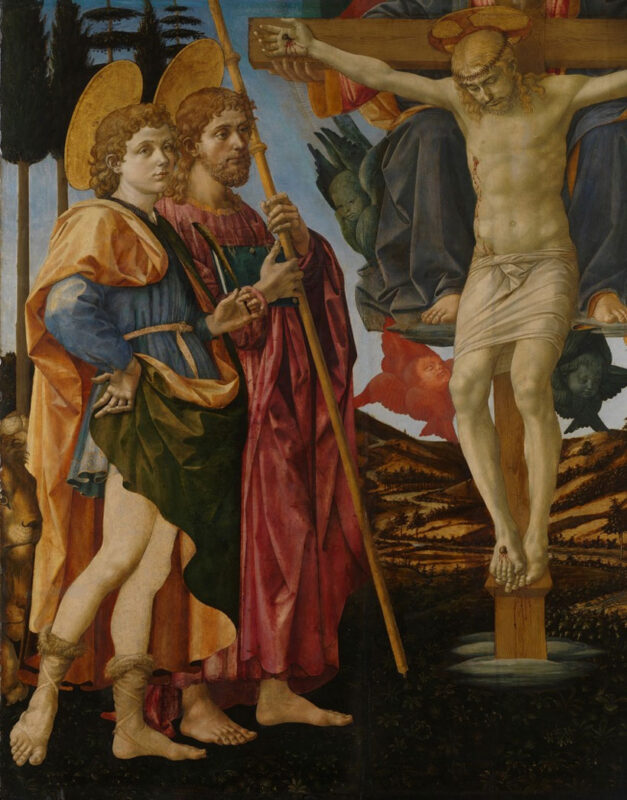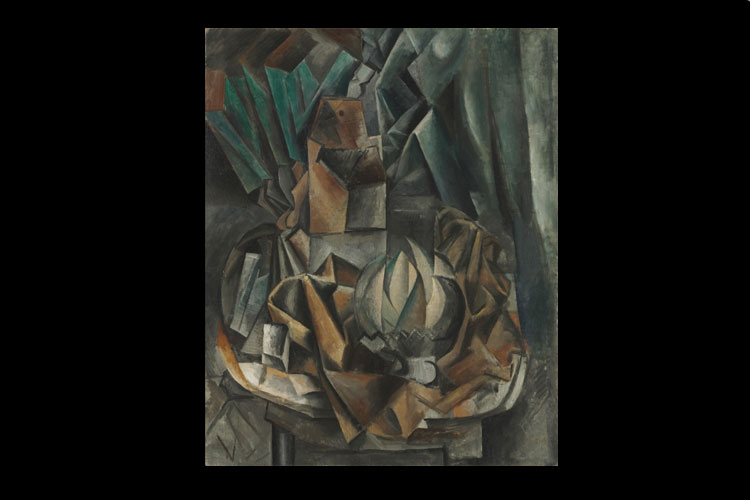The National Gallery does justice to Pesellino

From 7 December 2023 to 10 March 2024, the National Gallery in London presents the first ever exhibition dedicated to the Renaissance painter Francesco Pesellino (about1422–1457)
Source: The National Gallery · Image: Francesco Pesellino, Fra Filippo Lippi and workshop, ‘Saints Mamas and James’, 1455–60 Royal Collection Trust / © His Majesty King Charles III
Active in Florence in the mid-15th century, Pesellino achieved a notable career but his early death at thirty-five and the difficulty of attribution have made him one of the greatest Renaissance painters that few people have heard of. This exhibition seeks to remedy that by presenting a monographic view of Pesellino’s achievements through his works in the National Gallery Collection and a number of key loans.
Born Francesco di Stefano in around 1422, he was known as Pesellino, a diminutive of Pesello, the grandfather who raised him and likely introduced him to painting. Pesellino’s skills however far outstripped his grandfather, and it is likely that he gained experience with other masters given his ability across media. Pesellino is noted in early biographies for his particular talent in the painting of ‘cose picole’ sic (small things), as well as his propensity for collaboration and his commissions by Florence’s ruling Medici family. These three concepts will form the key themes of the exhibition and in establishing Pesellino’s reputation as a skilful and sought after Renaissance painter.
The National Gallery is uniquely placed to introduce Pesellino’s work to a broader audience, given the presence in its collection of two of his undisputed masterpieces; two cassone panels with Stories of David, about 1445-55, and the Pistoia Trinity Altarpiece, 1455–60. The two cassone panels, ‘Stories of David’, form the centrepiece of the exhibition. Probably dating from the last years of his career, they demonstrate the depth and breadth of Pesellino’s talents as a painter of complex narratives, ceremonial splendour and detail on a very small scale. Following recent conservation treatment, these panels will be redisplayed to help visitors engage with this complex and intricate work.
‘The Pistoia Trinity Altarpiece’ is one of the only two large-scale altarpieces Pesellino is known to have produced. Left unfinished at his death and completed by his onetime collaborator, Filippo Lippi, this is the earliest ‘pala’ (an altarpiece with a single main panel) in the National Gallery. As one of the few nearly complete altarpieces in the collection, the work reveals much about Pesellino’s posthumous reputation, as well as the history of acquiring art in the UK.
The exhibition will be accompanied by the first fully illustrated catalogue dedicated to the artist to be published in English. This will also be the first biography of the artist to be published in a century.
Follow us on:

